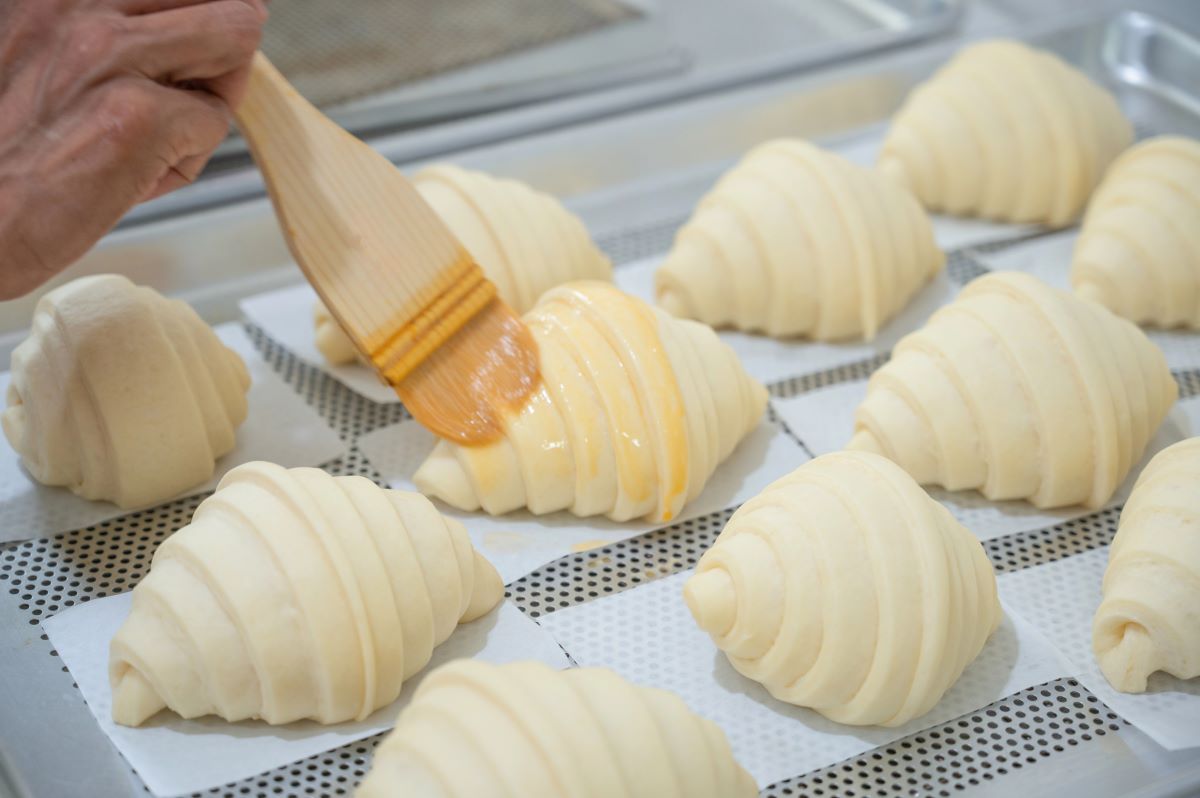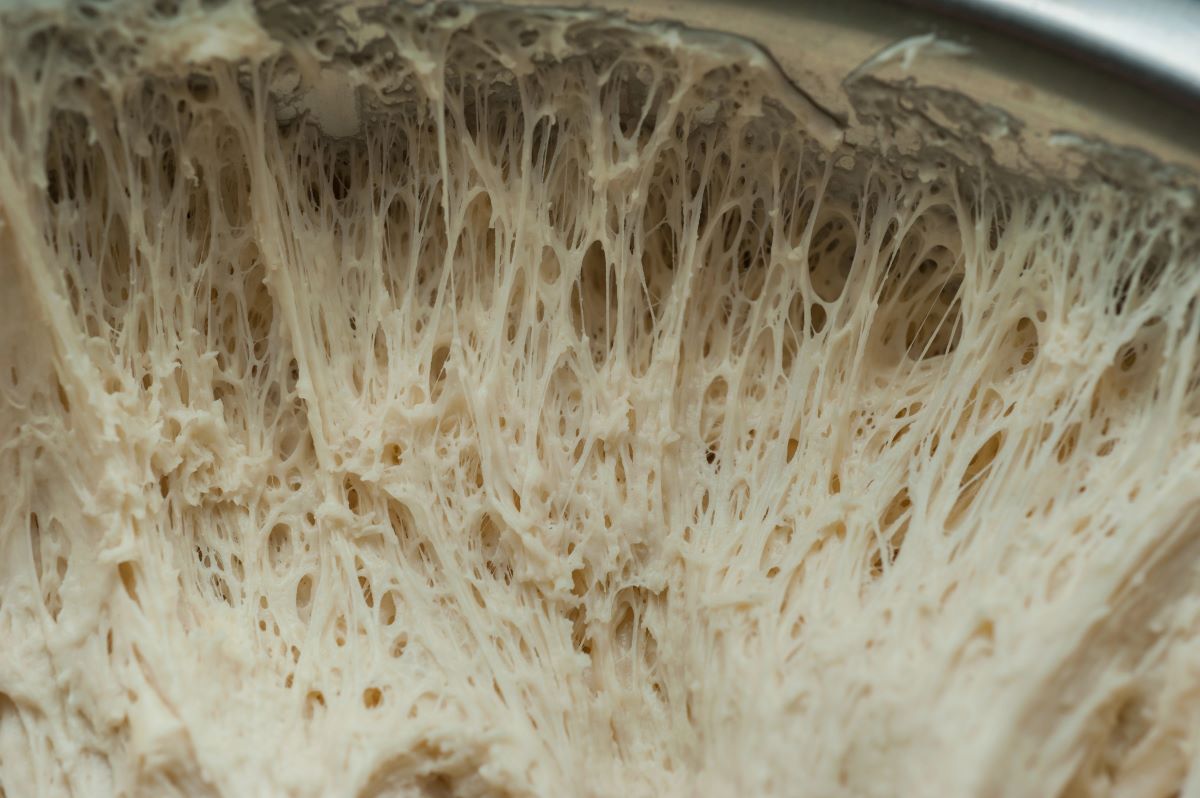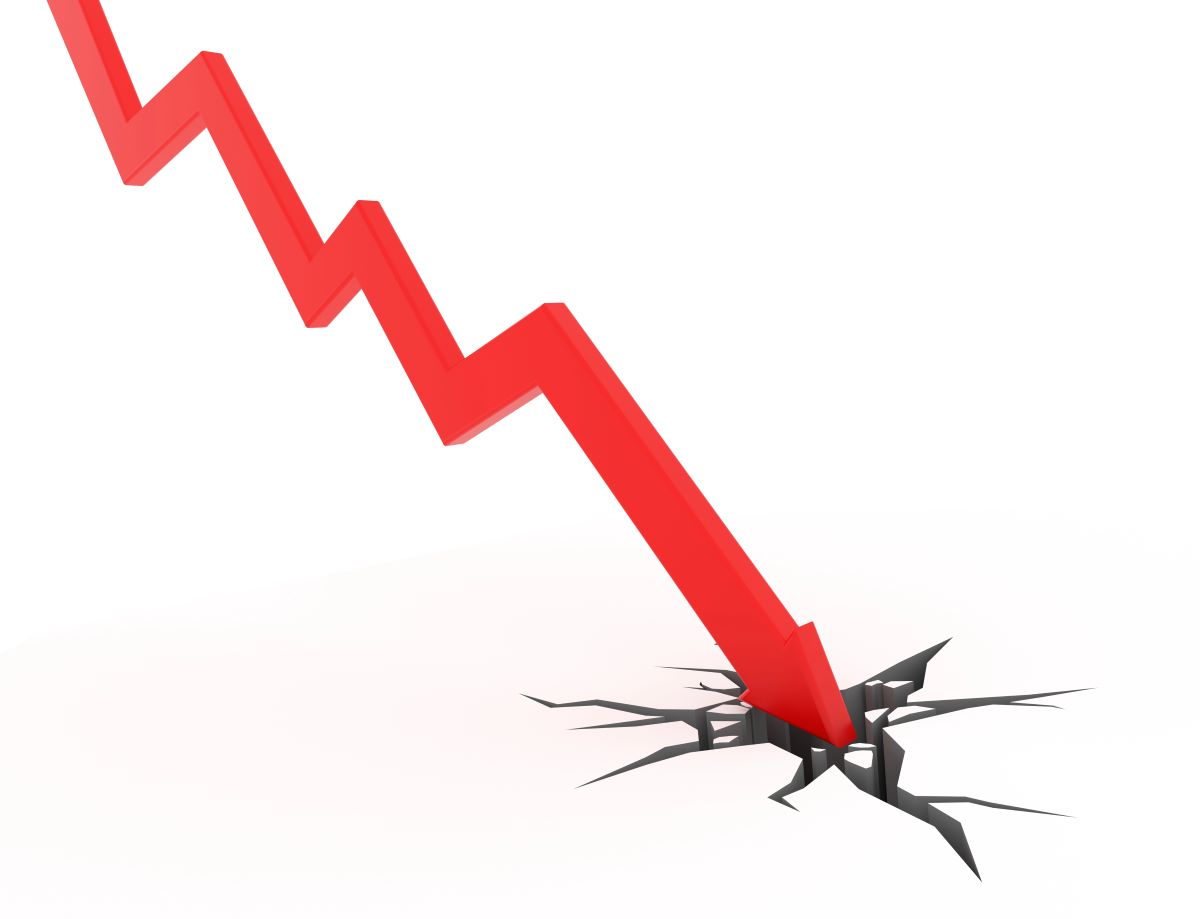This post may contain affiliate links which means I will get a commission if you make a purchase at no additional cost to you. As an Amazon Associate I earn from qualifying purchases. Please read my disclosure for details.
In the early hours of a Paris morning or within the quiet hum of a bakery in San Francisco or Montréal, the croissant rests behind the glass counter not as a mere pastry, but as a symbol of craft. It is layered, leavened, and luminous.
While both come from flour, water, and yeast, their destinies could not be more different. The baguette is straightforward, noble in its simplicity. The croissant is ceremonial.
Labor: A Croissant Demands Time and Touch

WANT TO SAVE THIS RECIPE?
Each croissant requires multiple rounds of rolling, folding, and resting. This process, known as lamination, can take more than 12 hours from start to finish. Bakers must remain attentive to the temperature of both dough and butter, adjusting technique based on season and humidity.
Butter: The Ingredient that Transforms Cost

A quality croissant contains up to one-third of its weight in butter, not margarine or shortening, but cultured, high fat European style butter. This alone dramatically raises the cost of ingredients.
Temperature Control throughout Production

Laminated dough must be kept cold during the entire process to prevent the butter from melting prematurely. This means precise refrigeration, chilled work surfaces, and climate considerations that increase operational costs.
Skill Level Required for Execution

Perfecting a croissant demands years of practice. The angle of the cut, the alignment of the roll, and the elasticity of the dough all must be exact. Errors show easily; a croissant that leaks butter, collapses, or fails to rise tells on its maker.
Longer Fermentation for Flavor and Structure

Croissant dough is often fermented for longer periods than baguette dough, sometimes overnight, to build both flavor and structure. This slow process means more hours on the production schedule and requires careful timing to prevent over proofing.
Butter Price Volatility on the Global Market

Butter prices have surged globally due to increased demand and climate pressures on dairy production. Since croissants are butter reliant, bakeries must absorb these costs or pass them on to the consumer. Baguettes, shielded from this dependency, remain less vulnerable to such market shifts.
Related Post: 25 Easy But Impressive Cinco de Mayo Potluck Ideas
Loss Rate Due to Precision Standards

Croissants are often discarded if they bake unevenly, crack, or fail to achieve the signature honeycomb interior. This high standard of presentation leads to greater product loss. Baguettes, while still held to traditional standards, are more forgiving in their form; a slightly crooked loaf is still saleable.
Related Post: 25 Mothers Day Treats That Say “I Love You” in Every Bite
Packaging and Presentation Expectations

Croissants are typically sold individually and expected to look pristine, often wrapped or boxed with care. Baguettes, meanwhile, are bundled in paper sleeves or placed directly in baskets. The croissant’s need for more careful handling increases both labor and packaging costs.
Related Post: 25 Cinco de Mayo Food Ideas That Are a Whole Fiesta on a Plate
Equipment and Space Needs

Producing croissants at scale requires specialized sheeters, larger refrigeration units, and temperature controlled proofing cabinets. The dough’s fragility means it cannot be rushed. Baguettes, made with leaner doughs, do not require such exacting infrastructure, making them less costly to produce in volume.
Related Post: 25 Weekday Dinner Ideas That Crush It on Busy Nights
Limited Shelf Life and Daily Freshness

Croissants have a much shorter window of freshness. By the afternoon, many are already past their peak crispness, fading, butter softening. This perishability leads to higher waste and more frequent baking cycles. Baguettes, too, are best fresh, but hold their character slightly longer, especially when reheated.
Related Post: 25 Easy Dinner Recipes for Two That Make Leftovers a Thing of the Past
Smaller Batch Sizes by Necessity

Due to the labor and time involved, croissants are often made in smaller batches to ensure quality. This limits scale, which drives up the cost per unit. Baguettes can be produced in much larger volumes with fewer hands, making economies of scale more accessible.
Related Post: 25 Cinco de Mayo Recipes That Give Instant Fiesta Vibes
Sign up now to receive our exclusive e-cookbook filled with top-rated recipes for FREE!
Perceived Luxury and Consumer Psychology

The croissant carries with it an air of elegance, of Parisian ritual and weekend morning indulgence. It is priced not just by ingredients and labor, but by desire. The baguette, though cherished, is seen as everyday fare. This perception shapes pricing, reinforcing the croissant’s status as both a craft and a treat.
Related Post: 25 Mothers Day Brunch Ideas That’ll Leave Her Speechless
The croissant is more than flour and butter. It is a quiet marvel of technique, of restraint, of rhythm, and its price reflects every early morning, every careful fold, every moment of chilled silence in the bakery. While the baguette stands as a daily staple, noble in its simplicity, the croissant rises in both form and expectation. Its cost is not inflated, but explained in layers so thin they vanish, and in labor so precise it feels like devotion.
Disclaimer: This list is solely the author’s opinion based on research and publicly available information.
9 Reasons Why A Cart Of Groceries In Texas Costs Less Than One In New York

In the quiet calculation of household budgets, few realities remain as startling as the price divide between two shopping carts in two distinct states. One in Texas, filled with a generous array of produce, proteins, and pantry essentials, may cost noticeably less than its counterpart in New York, even if both contain the same brands and quantities.
This difference, while influenced by many moving parts, is not simply an economic curiosity. It is a mirror held to two very different systems of distribution, taxation, and living costs.
Read it here: 9 Reasons Why A Cart Of Groceries In Texas Costs Less Than One In New York
How to Save $100+ Every Month at the Grocery Store

From planning your meals to avoiding sneaky upcharges in the snack aisle, here’s a realistic guide to trimming your food budget without adding stress to your week.
Read it here: Things Moms Waste Money On (and Don’t Even Know It)
Is Walmart+ Still Worth It in 2025? The Truth After 3 Years

Is the new Walmart Plus worth the annual fee or is it just another failed version of Amazon Prime? I spent my own money trying this service out for 12 months and counting. I have a lot to say about the benefits and drawbacks in this Walmart+ honest review.
Read it here: Is Walmart+ Worth It? Honest Review 3 Years Later!
You’ll love these related posts:
- 25 Side Dishes for Fish That’ll Make You Skip the Tartar Sauce
- 25 Easy Food Recipes for Dinner That Don’t Feel Like a Chore
- 25 Quick and Easy Appetizers for a Party (Even If You Forgot to Plan)
- 25 Side Dishes for Prime Rib Dinner That Wow Every Single Time
- 25 Recipes to Use Up Lemons Before They Go Sad and Squishy
